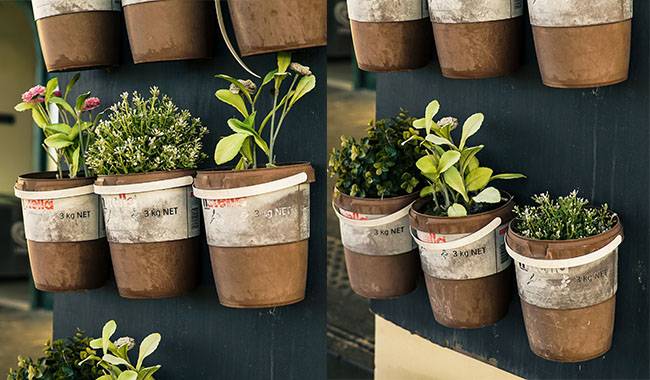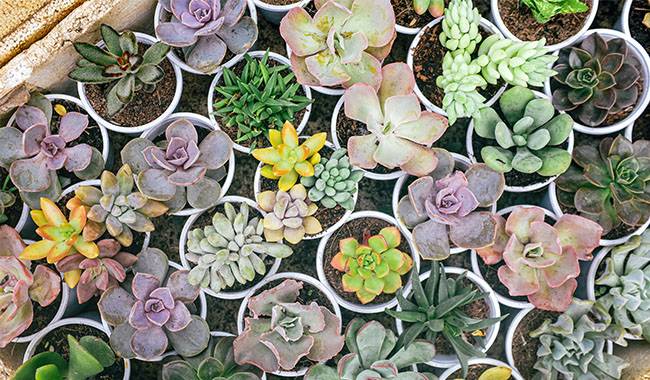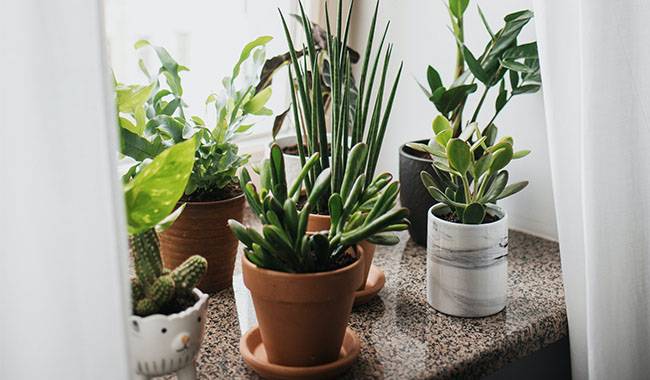
Large adult plants are the first to attract attention on the shelves of flower stores, kiosks, and even supermarkets. Their perfect silhouettes, lush foliage, and vibrant flowers look much more ornate than those of the “younger generation.” And they are also more suitable as gifts. But it’s buying adult specimens that are the biggest risk. With high-end plants, you need to carefully consider everything from their habits to their chances of re-creating an ideal habitat in your home. After all, the more expensive a plant is, the more frustrating it is to lose it to simple inattention during the purchase process. You will learn how to buy Indoor plants in ThumbGarden’s article.
The older the plant, the greater the risk
The large size and status of elite plants should not be misleading. High prices do not mean better or more reliable than smaller, younger seedlings. Quite the opposite. Younger and smaller plants are much better at adapting to change, while older plants lose much of their ability to cope with changes in the landscape.
Buying houseplants isn’t always a matter of logic. But if you intend to add to your collection with an elite plant – a truly “large plant,” a bonsai, a rare exotic, mature, fully ornamental, and of considerable size – analyzing the pros and cons is the only way to avoid disappointment and financial loss.

Time of year for plant purchases
Luxurious houseplants can be found all year round. But you should pay special attention to the weather and conditions you transport your plants. Even the slightest period spent in uncomfortable conditions during the harsh mid-autumn to early spring winters, on the way from the store to your home, is crucial for the plants to adapt.
Mature plants, especially flowering, fruiting and heat-loving plants, will perceive wet and cold as a drastic change they will not respond to. And it would be difficult to find a period more unfavorable for houseplants to adapt. Even the “old standbys” suffer from a lack of light, heating, and ventilation. And even new adult plants accustomed to ideal conditions and growth in better light, humidity, and temperature can be quite stressed by the changes in summer.
Even quality in-store packaging or courier services can’t guarantee that your valuables won’t be affected by shipping. If you plan to spend a lot of money on plants, you’re better off choosing to buy between mid-spring and mid-September.
Try all the advice and keep conditions
When buying expensive houseplants, you will usually be given detailed instructions on how to grow them. It is worth asking the florist what kind of care the plant is used to. Of course, you don’t have to do this, but it is one of the easiest tips to clarify the advisor’s self-awareness and point out some of the tricks that florists should be wary of.
Everything you know is wonderful and should be literally “sampled” – evaluated and tested. How the plant was cultivated in the past is not known, but the conditions for placing it in a store window at this moment are obvious. There are several points to consider.
- Almost all adult and elite houseplants must be kept at a constant temperature. During the visit, it is worth assessing whether the temperature in the sales area is correct and whether the plants have ventilation problems with doors, heating, and air conditioning units.
- It is easy to feel and determine the humidity, cleanliness of the air, signs of poor ventilation, or unpleasant odors that may indicate a plant problem.
- One should feel the substrate and check that the plants are being kept correctly in a particular florist. Ideally, you should find it slightly dry and slightly or evenly moist. Larger and more valuable species should not be grown in completely dry or moist soil unless it is a wading rarity and suitable for growing in an aquarium. The timely exchange of topsoil can usually overcome spillage and its symptoms. Still, a moisture test will ensure no risk of invisible rot, which will be difficult for larger plants to heal afterward.
Any indication that a plant in a store is not accepting the conditions recommended for you should be a reason not to buy it.
There is no substitute for a thorough inspection of the plant
No matter how shiny the leaves are and how gorgeous the plant looks, you should never make an expensive purchase without a thorough inspection. Even if the plant looks healthy and fresh from a distance, an up-close inspection will help you spot the defects hidden by the polish. Ask to place the plant in a very well and evenly lit area and inspect it carefully.
- The shoots.
- The back of the leaves.
- Buds and flowers.
- The surface of the soil.
- The bottom of the pot and the location of the drainage holes.
Plants should be free of insect traces and color changes, selective or recent pruning, covering the bases of buds, leaf removal, disturbed growth, dry or yellowing bud tips, and irregularly colored greens. The surface of the substrate should be clean and fresh, free of mold or any signs of contamination, and the roots of the plants should not be present at the top of the pot or in the drainage holes.
The bottom of the pot may show signs of waterlogging or the same mold. Any signs of possible problems or improper maintenance should cause concern and should be rejected.

It is worth hesitating to buy
Once you’ve found a plant, you shouldn’t rush to buy it on the same day. The prospect of having large, showy, and very beautiful plants in your home does not always outweigh the expense and risk of an expensive purchase. Consider the information available on the Internet or in reference books about varieties and species carefully, highlight the key points in cultivation and consider where you want to put the plant. It needs to be given ideal conditions, not just the most spectacular location.
If a plant must be placed out of sight to get the best light and temperature conditions, then it is worth considering whether it is a good purchase. Only after weighing whether you can care for the plant in the way it needs to be cared for and whether it can forgive you for your mistakes should you return to the store to make the purchase.
Packaging for shipping
Ensure your expensive purchase is shipped or packaged correctly so that the plant is least likely to be damaged during shipping. In the store, you should wrap it in a special material or protective box to prevent it from being subjected to drastic changes during shipping. Additional insulation is necessary if the outside temperature is below 64 °F (18 °C).
Quarantine is a must
For all houseplants, without exception, the chances of survival depend directly on whether the plant has received the proper conditions and care during the first few weeks. For larger, more expensive plants, the period of acclimatization to their new home is critical. Plants should remain in quarantine for 1-2 weeks. You should also isolate them from your houseplants so that they are in an intermediate state, in a more gentle state, and any signs of pests or diseases can be detected.
Upon arrival, do not rush to remove the packaging and allow the temperature to equalize down. If the plants have suffered any damage during transport, you should carefully remove or prune any leaves or parts of the shoots.
Professional farm plants get the best conditions with consistent day length, extra light, constant humidity, temperature, and substrate moisture control systems, treated with stimulants or growth inhibitors for maximum ornamental value – a very “marketable look.” Conditions in any home are fundamentally different from the plant’s habitat, but the transition to other conditions can and should be eased.
Following crop-specific cultivation, recommendations make it worthwhile to choose the coolest temperature tolerance, mild to moderate light, and maximize humidity. If the purchased plants are very light-loving, lighting can be increased after 2-3 days. Water gently when the topsoil is slightly dry and not over-water or over-dry the substrate. During the quarantine period, it is best not to feed the plants.
Only when the plant has adapted to its new environment will it be moved to a permanent location and will require more aggressive care as recommended. Repotting is best done in February or March when the new plants are fully established.







